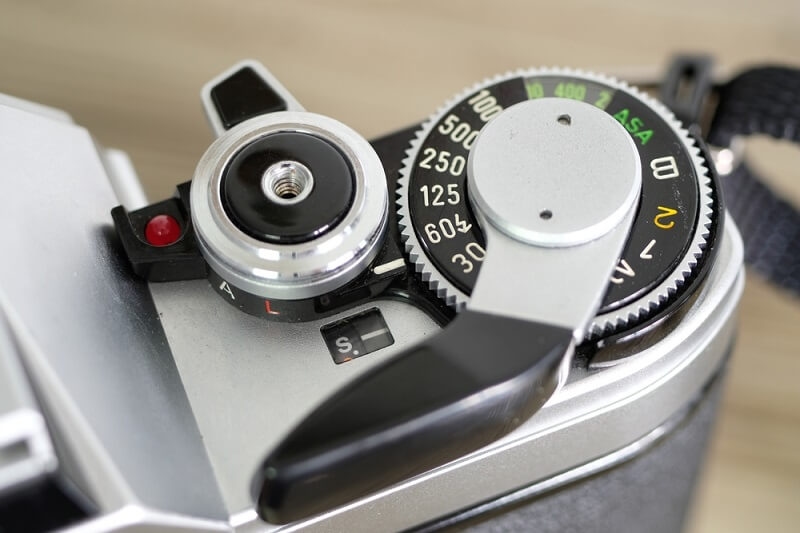
Shutter speed skills determine the duration of time your camera's sensor is exposed to light and directly affect the appearance of motion in your images. Shutter speed allows you to freeze fast motion or create a visually stunning motion blur effect. Once understood, shutter speed skills can help any photographer take incredible images in every situation, from a flowing waterfall to a high-speed sporting event.
Proper sports shutter settings help you freeze action without losing detail, while a guide to long exposure enables you to create artistic motion effects like silky water, light trails, and dynamic cityscapes.
Shutter speed is expressed in seconds or fractions of a second. Shutter speed is an effective means to "freeze" fast-moving subjects (for example, 1/1000s), which is beneficial in circumstances such as photographing wildlife, sports action, or any circumstance where the subject is moving very quickly. Slower shutter speeds (for example, 1/2s, 2s) provide more light and add an aesthetic effect, evoking the impression of motion or drama through motion blur photography.
Adding motion blur to your photograph is an effective tool to enhance and enrich storytelling through an image. When a slow shutter speed is applied, moving items, such as a car, are blurred in a photo. At the same time, everything else is stationary and sharp; this provides one of the visual storytelling attractions of the image.
Motion blur not only records movement but also creates an artistic, movie-like look in ordinary scenes.
Freezing high-speed action demands very tight control of your shutter. When shooting sports, wildlife, or street photography, having fast shutter speeds is essential, as each millisecond counts.
By implementing all these suggestions, you can also achieve sharp, crisp images that accurately convey energy and intensity, a bonus for any portfolio.
A long exposure is crucial for photographers looking to create dreamy effects such as light trails, star trails, or silky water surfaces. Slow shutter speeds of several seconds or minutes enable a dramatic visual narrative.
Once you master extended exposure techniques, you can take standard settings and create amazing, dynamic images that incorporate movement and depth.
In shooting sports or action situations, choosing the appropriate shutter settings is essential. Shutter speed can make the athlete appear rigid in motion or slightly blurred to imply motion.
With these settings, photographers can reliably take tack-sharp decisive moments, from a soccer goal to a sprinting runner across the finish line.
Panning is an advanced method for combining a fast shutter technique with motion blur. In panning, you follow a moving subject with your camera at a slower shutter speed, freezing the subject in sharpness but blurring the area surrounding the subject to create additional dynamic movement and speed.
Panning works particularly well for motorsports, cycling, or running competitions and provides a professional sheen to action photography.
Shutter speed is one of the three key elements that comprise the exposure triangle, along with ISO and aperture. When these three directives are balanced correctly, they will always allow for proper exposure while optimizing image quality simultaneously, as they enable motion control.
Understanding this interaction is vital for photographers who are producing the same type of high-quality output in many different situations and light levels.
Shutter speed is more than just a technical option; it is also a way of visual imitation. Photographers can use lighting to:
The marriage of creativity and technical expertise enables photographers to create visually appealing images that captivate the viewer.
Even seasoned photographers can make mistakes with shutter speed. Shun these typical pitfalls:
Correcting these items ensures that you will have consistent, professional-level shots, regardless of the subject or environment.

Several tools will help improve your implementation of shutter speed processes:
Having the right gear gives you the most flexibility and control when it comes time to create.
If you are a photographer just getting started, we have some tips that can make actionable changes:
Professional photographers can also elevate their craft to a different level by using complex methods:
These methods extend creative limits and open up new avenues of photographic narrative.
Conquering shutter speed skills gives photographers the power to dictate how movement is captured, from sharp action images to creative motion-blur photography. Whether following quick shutter advice for sports, creating long exposures, or experimenting with movement when shooting creatively, mastery of shutter speed adds capability and creativity.
By understanding the relationship between shutter speed, ISO, and aperture, utilizing the right equipment, and practicing regularly, a photographer can capture professional-quality images in any genre of photography.
This content was created by AI